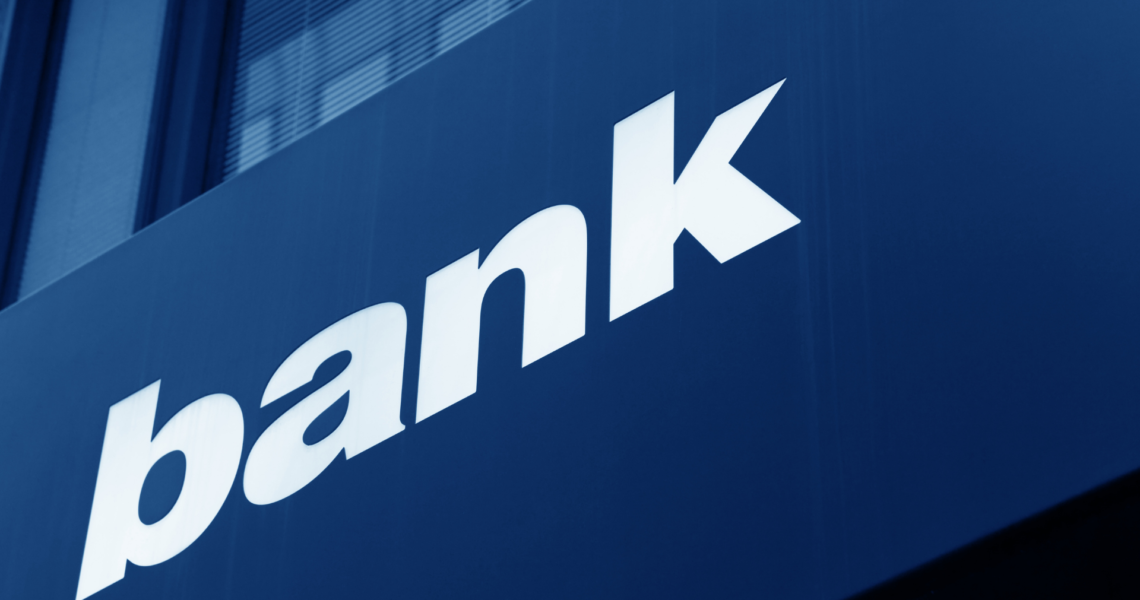Driving Operational Excellence in Financial Services with True North Lean
For decades, lean was considered a manufacturing playbook. It belonged to assembly lines, production floors, and factories. Banks, insurers, and asset managers often dismissed it as irrelevant to their world of transactions, credit approvals, and investment strategies. But those perceptions are changing. Financial services firms are discovering what manufacturers realized long ago: lean is not just about cost-cutting; it is about creating smarter, faster, and more resilient systems.
As global competition intensifies and customer expectations rise, the financial services sector is slowly embracing lean practices. The journey is not without resistance, but the results show that adoption is no longer optional; it is inevitable.
The Promise of Lean in Finance
The financial sector is fundamentally process-driven. Transactions, approvals, reconciliations, and reporting all follow structured workflows. This makes it fertile ground for lean applications. According to industry experts, banks that successfully adopt lean can expect efficiency improvements of 15% to 25%. Gains in cycle times are often even greater, sometimes improving by as much as 60%.
Examples are already emerging:
- A global commercial bank identified 30% more efficiency in customer transaction processing while simultaneously improving service quality.
- A North American asset manager used lean audits to uncover 12% to 20% savings in product pricing by eliminating non-value-added activities.
- An investment bank redefined its credit processes, boosting analyst productivity by 20% to 30%. This process reduces cycle times by more than half.
The benefits extend beyond efficiency. Lean principles help banks understand customer value more deeply, distinguishing which services matter most, and where investments in speed or accuracy will yield the highest returns.
Why Adoption Has Been Slow
Despite the potential, financial services have been slower than manufacturing to embrace lean. Part of the reluctance is cultural. Many executives perceive lean as a “factory-floor discipline” that does not apply to their high-value, knowledge-based work. Some fear it reduces complex jobs to a set of rigid rules. Others assume lean is just another name for cost-cutting.
This mindset is gradually shifting. As more banks observe that their competitors are gaining advantages through lean practices, their attitudes are evolving. Still, change is difficult. Like adopting a healthier diet, leaders often know what they should do but struggle with follow-through. Old habits of siloed thinking, redundant processes, and slow customer response times continue to hold back progress.
From Waste to Value
The foundation of lean lies in eliminating the “seven deadly wastes”: overproduction, waiting, poor logistics, rework, over-processing, suboptimal inventory, and unnecessary movement. These wastes are just as present in finance as they are in manufacturing.
For example, a loan underwriting department may spend weeks processing applications that will eventually be rejected, or analysts may duplicate reconciliation efforts using inconsistent tools and standards. In such cases, much of the work fails to add value for the customer or the business. Lean helps expose these inefficiencies, making room for smarter workflows.
Importantly, lean is not about standardizing everything. It is about focusing on what truly matters to the customer and removing everything else. By doing so, organizations speed up service, reduce risk, and lower costs, all while improving customer satisfaction.
The Human Side of Lean
Implementing lean is as much about culture as it is about process. Successful transformation requires employees to be directly engaged in identifying waste and suggesting improvements. When frontline staff are empowered to challenge old routines, the organization benefits from practical insights that executives may overlook.
However, this cultural shift is often the hardest part. Many managers are accustomed to top-down decision-making and are hesitant to invite feedback from all levels. Yet, without this engagement, lean risks becoming just another cost-cutting initiative rather than a sustainable way of working.
The most successful lean programs balance top-down leadership commitment with bottom-up involvement from employees. Leaders set the vision and governance, while staff drive day-to-day innovation in how processes are simplified and executed.
Managing Risks
Some critics argue that lean creates fragility by removing slack from the system. In banking, the risks of an error can be significant, from regulatory penalties to reputational damage. This makes quality control and risk management critical components of lean in finance.
Standardization, when applied thoughtfully, reduces such risks. For instance, instead of multiple teams performing reconciliations using different systems, lean encourages creating a unified process. This not only cuts costs but also minimizes errors and exposure.
In fact, rather than increasing risk, lean often mitigates it by reducing errors at the frontline and creating more reliable processes.
Lean as a Strategic Advantage
The financial industry is approaching a critical juncture. As digital transformation accelerates and customers demand faster, error-free service, lean is emerging as a strategic advantage. It is no longer confined to back-office processing. Increasingly, banks are applying lean to customer-facing functions, investment decision-making, and even post-merger integration strategies.
Done right, lean becomes more than an operational tool; it becomes a culture of continuous improvement. Employees begin to see their work not as routine tasks, but as opportunities to deliver greater value. Leaders shift from crisis management to proactive problem-solving. The organization as a whole becomes more agile, efficient, and customer-centric.
Lean thinking has already reshaped industries from automotive to healthcare. Now, its influence is spreading across the financial sector. While adoption may have been slow, the evidence is clear: banks and financial institutions that embrace lean can cut waste, improve speed, enhance customer satisfaction, and reduce risk.
The journey requires cultural change, leadership commitment, and employee engagement. But for organizations that persevere, lean is not just about doing more with less; it is about creating smarter, more resilient financial systems.
For financial services firms looking to explore the next level of operational excellence, True North Lean (www.truenorthlean.org) offers guidance, expertise, and proven methods to make lean transformation a lasting success.

